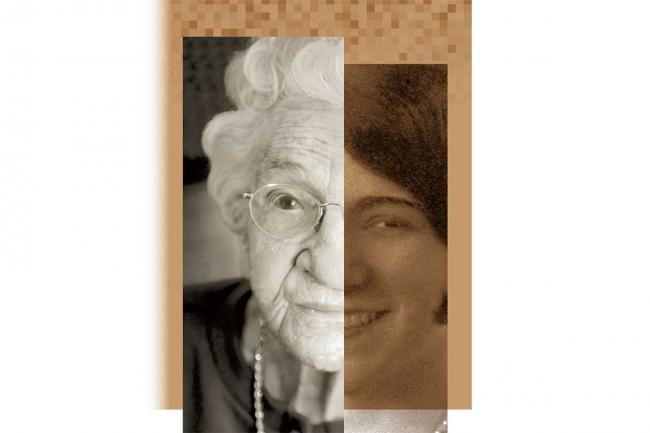BAKER'S YEAST AND GENETICS
The oldest known person, Jeanne Calment of France, died in 1997 at the age of 122. Researchers compared her medical history with other people who’d lived to be more than 115 years old. They found the small group shared a few characteristics: most were female, they rarely or never smoked, and they had never been obese. But scientists still have a lot to learn about these supercentenarians.
S. Michal Jazwinski, the John W. Deming, MD, Regents Chair in Aging and professor of medicine and biochemistry at Tulane School of Medicine, has studied the aging process for more than 30 years. He also directs the Tulane Center for Aging, a collaboration of Tulane experts in everything from endocrinology to economics. Jazwinski is also the president of the Gerontological Society of America (GSA). GSA is the nation’s oldest and largest interdisciplinary organization devoted to research, education and practice in the field of aging.
Jazwinski’s own research centers around the genetics of aging and the molecular and cell biology of getting older. He pioneered using baker’s yeast, the same kind used to make bread, as a model for his own research.
The yeast ages much in the same way human stem cells do, which allows researchers to easily identify genes and focus on the molecular processes that are involved in aging. This work points to the critical role that mitochondria, the energy factories of the cell, play in aging. Cells compensate for the dysfunction of mitochondria that accumulates during aging, up to a point. In addition, less functional mitochondria are segregated asymmetrically between daughter cells during cell division, allowing one of them to remain young. The same process occurs in stem cells with older, less functional mitochondria. When this asymmetric segregation is disrupted, the stem cells lose their stemness properties, leading to stem cell exhaustion and eventual loss of tissue function.
Jazwinski’s lab is also studying human aging. He is part of the Georgia Centenarian Study, an ongoing study started in 1988, which in its current phase examines factors that contribute to retention of cognitive and physical function past the age of 100.































































